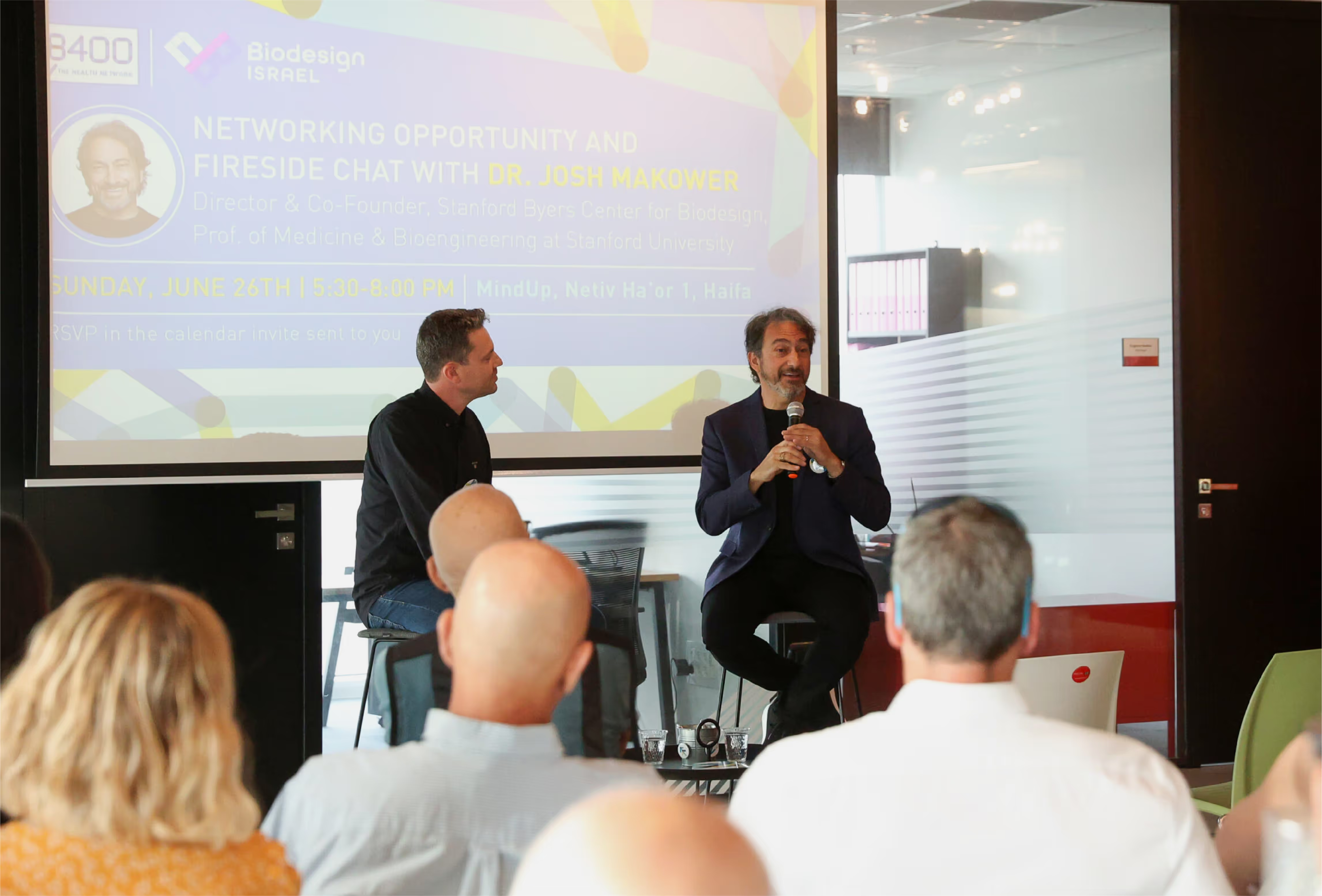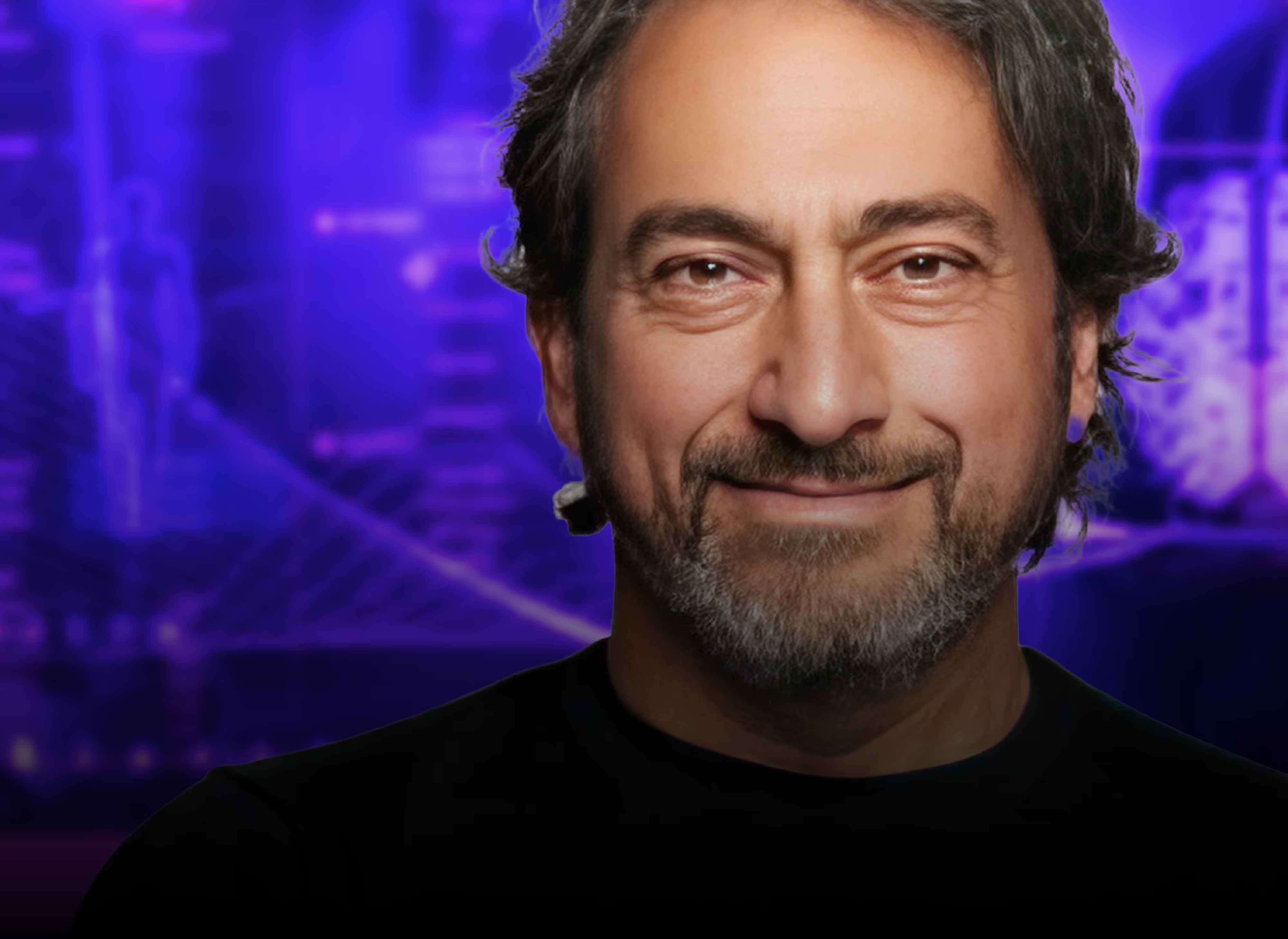In the rapidly evolving world of medical technology, it seems a no-brainer to look to artificial intelligence as an innovation driver. Josh Makower, MD, however, begs to differ. He argues that while technology is important, it is innovative thinking that truly revolutionizes health care.
“The way I look at technologies like AI—or any tool, like plastics or metal—is to work with them the way an artist uses colors,” says the Byers Family director and co-founder of the Stanford Mussallem Center for Biodesign. “This is your palette; you get to paint the solution with a combination of any of the ingredients.”
Makower, who is also the Yock Family professor of medicine and of bioengineering at the Stanford University Schools of Medicine and Engineering, has developed a unique approach to medical invention called “the biodesign innovation process.” The methodology, taught at Stanford and in over 50 programs worldwide, has trained hundreds of thousands of students, faculty and industry leaders to advance medical innovation and improve patient care.

The biodesign approach encourages innovators to think about medical problems without the constraints of existing solutions. Makower illustrates this with a simple example: “If someone says we need a catheter with an anti-infective coating, that's not a need—that's a solution. The need is a better way to drain urine from a bedbound patient without increasing the likelihood of infection.”
This shift in perspective opens a world of possibilities, he says. Instead of improving existing catheters, innovators might explore entirely new approaches to urine drainage, potentially eliminating the need for invasive devices altogether.
Makower's focus on need-driven innovation stems from his upbringing. Both his parents were teachers who instilled in him a curiosity about science and a service orientation, he says. “When I got to the point in my life where I felt like I actually had something to contribute, my feeling was, how do I use this to do something good with it?”
The biodesign method has led to numerous groundbreaking innovations. Makower co-invented balloon sinuplasty, a minimally invasive treatment for chronic sinusitis that has helped over a million patients. Another of his innovations offers a less invasive treatment for benign enlargement of the prostate gland. A third is a wearable device—a market first—that enables mothers to pump breast milk discreetly, even while engaged in other activities.
Makower's students have also achieved remarkable successes. One team developed a patch for arrhythmia detection, replacing bulky Holter monitors. Another created a tool to soften calcified blood vessels during angioplasty, improving outcomes for patients with advanced cardiovascular disease.
Each innovation demonstrates the power of the biodesign approach, which considers all stakeholders in the health care ecosystem. “Understand that the disease and the patient are different stakeholders,” says Makower. “You could solve a disease problem but leave someone crippled with a very bad quality of life." By considering the needs of all stakeholders—patients, physicians, hospitals and even underrepresented populations—biodesign innovators create solutions with a higher probability of success and broader impact.
Ultimately, Makower believes people, not technology, are the true differentiators in medical innovation. “Yes, learn everything about AI," Makower advises his students, “but start with the patient. Start with the needs first. Once you do that, you'll pull the right technology to solve the problem. If AI is the right tool, apply it while keeping the stakeholders’ needs front of mind.”
As Makower looks to the future, the motivations of the young people entering the biodesign program are what excites him most. “When I began my career, everybody wanted to be rich. Everybody wanted to be an entrepreneur,” he says. “They wanted to know how quickly they could become a CEO, how fast could they start a company. Now the vast majority of them want to fix the world.”


.avif)
.avif)
.avif)